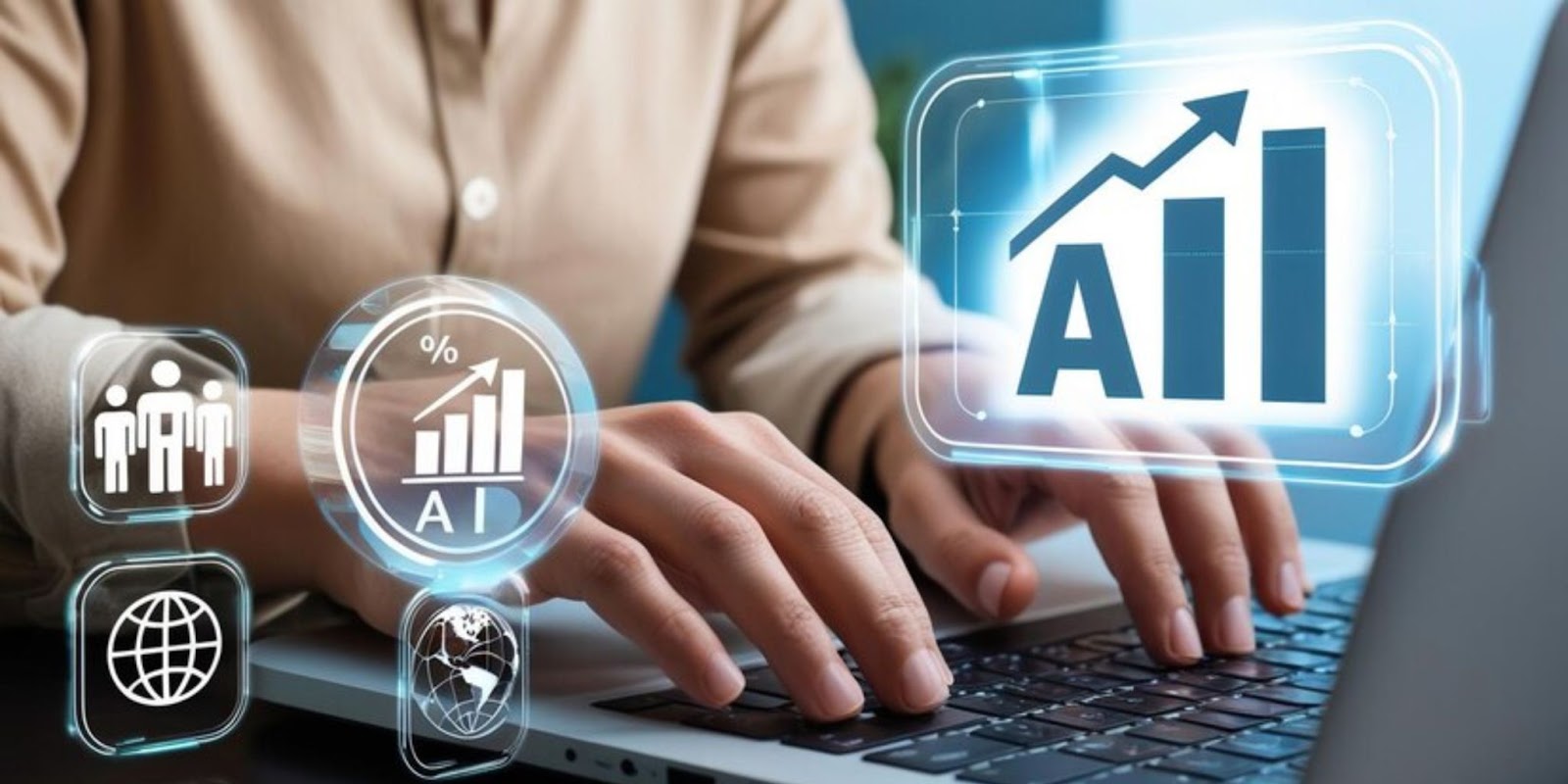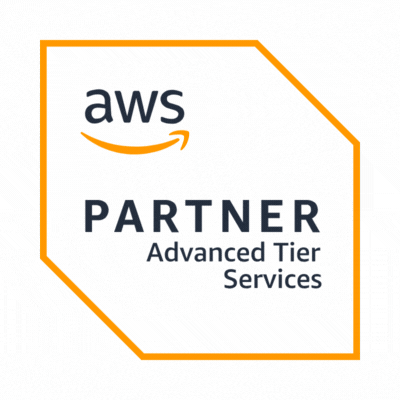Artificial Intelligence (AI) has evolved from a futuristic concept to a practical tool driving innovation across industries. However, one common challenge businesses face is understanding the costs involved in developing and deploying AI solutions.
The cost of AI development varies based on several factors, but with the right approach, AI can deliver high returns on investment (ROI) by improving efficiency, customer experiences, and decision-making processes. This blog provides a detailed breakdown of AI development costs, factors that influence them, and how businesses can maximize their ROI from AI investments.

What influences AI development costs?
The cost of AI development is not a one-size-fits-all figure. It depends on the specific use cases, complexity of the AI models, required infrastructure, and team expertise. Let’s explore the key factors:
1. Complexity of the AI model
AI models range from simple machine learning algorithms to complex deep learning or generative AI models. The more complex the model, the higher the cost due to the increased time and resources needed for development, training, and deployment.
- Example: A chatbot with basic NLP capabilities costs less than a generative AI model capable of producing creative content or sophisticated recommendations.
2. Data collection and preparation
High-quality data is the fuel that powers AI. Costs related to data collection, labeling, and preprocessing can vary widely depending on the volume and quality of data available. AI models trained on clean, relevant datasets will perform better, which reduces the cost of retraining and iteration.
- Example: A company using generative AI for personalized product recommendations may need extensive user behavior data to train the model effectively.
3. Development team expertise
Hiring the right talent is crucial for AI development. Whether building an in-house team or working with external vendors, AI development typically requires data scientists, machine learning engineers, software developers, and cloud architects. The cost of the development team can significantly impact the overall project budget.
- In-house team: You may need to hire multiple roles including data engineers, data scientists, and project managers.
- External development: Engaging with AI development companies or external consultants typically involves fixed or hourly rates.
Tip: Balancing in-house expertise with external partnerships can optimize costs and provide the flexibility to scale as needed.
4. Infrastructure costs
AI development requires substantial computing resources, which is why cloud infrastructure is often the go-to choice. The cost of running AI workloads in the cloud, particularly those that require intensive computations, will vary based on the scale of the model, data storage needs, and the choice of cloud provider (e.g., AWS, Azure, or Google Cloud).
- Cloud vs. on-premise: While cloud infrastructure offers flexibility and scalability, building an on-premise AI system involves heavy upfront investments in hardware and maintenance.
Learn how cloud modernization helps businesses optimize infrastructure for AI.
5. Continuous improvement and maintenance
AI models are never “done.” They require continuous monitoring, retraining, and optimization based on real-world performance. Businesses need to budget for the maintenance phase to ensure models are continuously improving and providing accurate insights.
- Example: A financial institution using AI for fraud detection will need to update its model regularly to stay ahead of new fraud techniques.
Methods for calculating AI development costs
To provide an estimate of AI development costs, you need to account for all of the above factors. Here’s how businesses typically calculate AI development costs:

1. Use case complexity
The first step is defining your AI use case, which will significantly impact the overall cost. More complex use cases require more sophisticated algorithms, larger datasets, and longer development cycles.
- Simple use cases: A chatbot with basic customer service automation might cost anywhere from $20,000–$50,000.
- Complex use cases: A deep learning model used for predictive maintenance in manufacturing could range from $100,000–$500,000 due to the need for advanced models, real-time data processing, and scalability.
2. Estimating based on development stages
- Discovery & planning: Research, ideation, and strategy phase (10–15% of the total cost).
- Data preparation: Data collection, labeling, cleaning, and transformation (15–25% of the total cost).
- Model development: Includes algorithm selection, model design, training, and validation (30–40% of the total cost).
- Deployment: Integrating AI into existing workflows, building user interfaces, and setting up infrastructure (10–15% of the total cost).
- Maintenance & scalability: Ongoing model updates, retraining, and system maintenance (10–20% of the total cost).
Example: A healthcare company implementing AI for diagnostics could have a development cost breakdown like this:
- Research & Planning: $10,000–$30,000
- Data Preparation: $50,000–$80,000
- Model Development: $150,000–$300,000
- Deployment: $20,000–$40,000
- Maintenance: $15,000–$50,000 per year
Understand more about database modernization to streamline AI data processing and storage.
3. Additional cost considerations
- Licensing: Depending on the platforms and tools you use (e.g., TensorFlow, PyTorch, or proprietary platforms), you may have to account for software licensing fees.
- Training & upskilling: You may need to budget for training your team to use and manage AI systems effectively.
- Security & compliance: Ensuring AI systems are secure and compliant with regulations (such as GDPR or HIPAA in healthcare) can add to the cost.
Maximizing ROI: how to make AI development cost-effective
Despite the costs involved, AI offers significant ROI when deployed strategically. Here are ways to maximize ROI from your AI investment:

1. Start with pilot projects
Before committing to full-scale AI adoption, start with pilot projects to test feasibility and gather learnings. Pilot projects allow you to focus on a single use case and see the impact of AI before scaling it across your organization.
- Example: A retail company might use AI to personalize product recommendations for a select group of customers before expanding the system across the entire customer base.
2. Use off-the-shelf AI solutions
For businesses with limited budgets, leveraging pre-built AI solutions can help reduce costs. Instead of building a solution from scratch, businesses can integrate existing AI APIs for tasks like customer support, data analysis, or image recognition.
3. Optimize data strategy
Investing in a solid data strategy can reduce long-term costs by improving the quality of the data used to train AI models, thereby minimizing the need for frequent retraining or fixing poor results.
Learn more about our data analytics services for building an efficient data pipeline that powers your AI.
Planning for AI success without breaking the bank
When considering AI development costs, it’s important to factor in the scope of the project, team requirements, data strategy, and infrastructure. While AI can be a significant investment, with the right planning and strategy, it can deliver enormous ROI by improving operational efficiency, customer experiences, and decision-making. By starting with pilot projects, leveraging cloud services, and focusing on high-impact areas, businesses can manage costs effectively while staying competitive.
Curious about how AI can transform your business? Get in touch with our experts to explore custom AI development solutions designed to meet your needs and maximize your ROI.




















